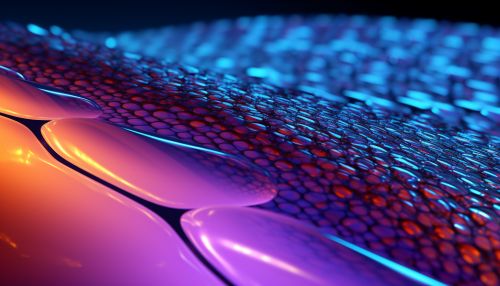Durotaxis
Introduction
Durotaxis, also known as haptotaxis, is a type of cell migration that is directed by gradients in substrate rigidity. This phenomenon is observed in various cell types, including fibroblasts, endothelial cells, and cancer cells. Durotaxis plays a crucial role in numerous biological processes, such as tissue development, wound healing, and cancer metastasis read more.


Mechanism of Durotaxis
The exact mechanism of durotaxis is not fully understood, but it is believed to involve the interplay of several cellular components. The cell senses the rigidity of the substrate through mechanosensors, such as integrins and focal adhesion complexes. These mechanosensors transmit the mechanical signals to the cytoskeleton, which responds by reorganizing its structure. This leads to changes in cell shape and polarity, which ultimately guide the cell's movement towards areas of higher rigidity.
Role in Biological Processes
Durotaxis plays a significant role in various biological processes. For instance, during embryonic development, cells migrate to different parts of the embryo to form tissues and organs. This migration is often guided by gradients in substrate rigidity, a process known as durotaxis. Similarly, in wound healing, fibroblasts migrate towards the wound site, which is typically stiffer than the surrounding tissue, through durotaxis.
Durotaxis and Disease
Abnormal durotaxis can lead to various diseases. For example, in cancer, tumor cells can exploit durotaxis to invade surrounding tissues and metastasize to distant organs. Similarly, in fibrotic diseases, excessive durotaxis of fibroblasts can lead to the overproduction of extracellular matrix and tissue stiffening.
Research and Future Directions
Research on durotaxis is a rapidly growing field, with potential applications in tissue engineering, drug delivery, and cancer therapy. Future research directions include elucidating the molecular mechanisms of durotaxis, developing methods to manipulate durotaxis for therapeutic purposes, and exploring the role of durotaxis in other biological processes and diseases.
